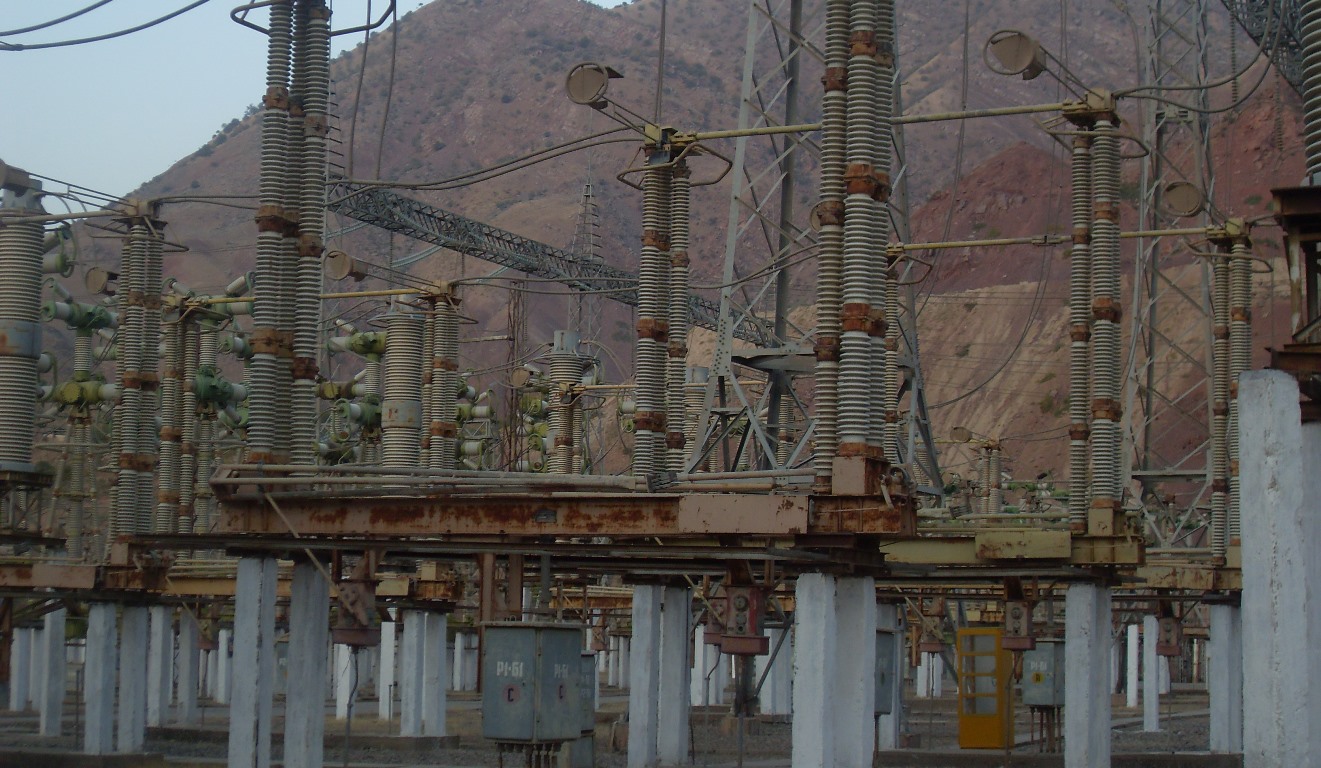In a report released at a news conference in Dushanbe, Mirzo Ismoilzoda, the head of Barqi Tojik (Tajikistan’s national integrated power company), noted on January 31 that an electricity blackout that hit the country on October 28, 2016 resulted from malfunction in the automatic anti-damage system of the Regar 500 kV substation.
According to him, a special commission was set up on October 29 to investigate the incident and to determine the cause of the blackout.
“We have taken all necessary measures to avoid such accidents in the future,” Ismoilzoda noted, adding that a special working group is currently assessing damage caused by the accident to the country’s economy.
Recall, nearly all of Tajikistan was hit by a blackout on October 28, following an unexpected outage at its largest power producer, the Nurek hydroelectric power plant (HPP).
The blackout affected the capital city Dushanbe and all other areas of the country except for the Gorno-Badakhshan Autonomous Region, which receives electricity from another supplier, Pamir Energy Company (PamirEnergy).
The power went off at about 18:30 local time and came back on three hours later.
Power shortages are relatively common in Tajikistan. The October 28 blackout was notable, though, because it nearly led to the shutdown of one of the country’s most important industrial facilities – the smelter operated by the Tajik Aluminum Company (TALCO) in Tursunzoda.
Igor Sattarov, a spokesman for TALCO, said on October 31 that Barqi Tojik had tried and failed to restore electricity deliveries to the smelter at 20:40 on October 28. “Power supply was resumed only at 21:30, but Barqi Tojik needed another one and a half hours to resume normal power supply to the smelter,” he told Asia-Plus in an interview. The utility brought delivery volumes back to the regular level at 23:18, he explained.
The blackout occurred just one day before Barqi Tojik began construction work on the dam that will power the Roghun HPP.








Number of migrants from Tajikistan to Russia halves in 2024
Tajikistan’s ministry of industry explains decline in fertilizer production
President orders to allocate 1.7 million somonis to reward athletes
Dushanbe police deny rumors of drug-laced candy for schoolchildren
Tajikistan lowers the refinancing rate
Three convicted over the knife attack on Tajikistan’s grand mufti
How have land tax rates changed in Tajikistan?
Emomali Rahmon signs decree on salary, pension, and scholarship Increases
How U.S. President Donald Trump's policies will affect Central Asia’s nations
Did it really happen? Trump’s alleged phone talks with Putin
All news
Авторизуйтесь, пожалуйста